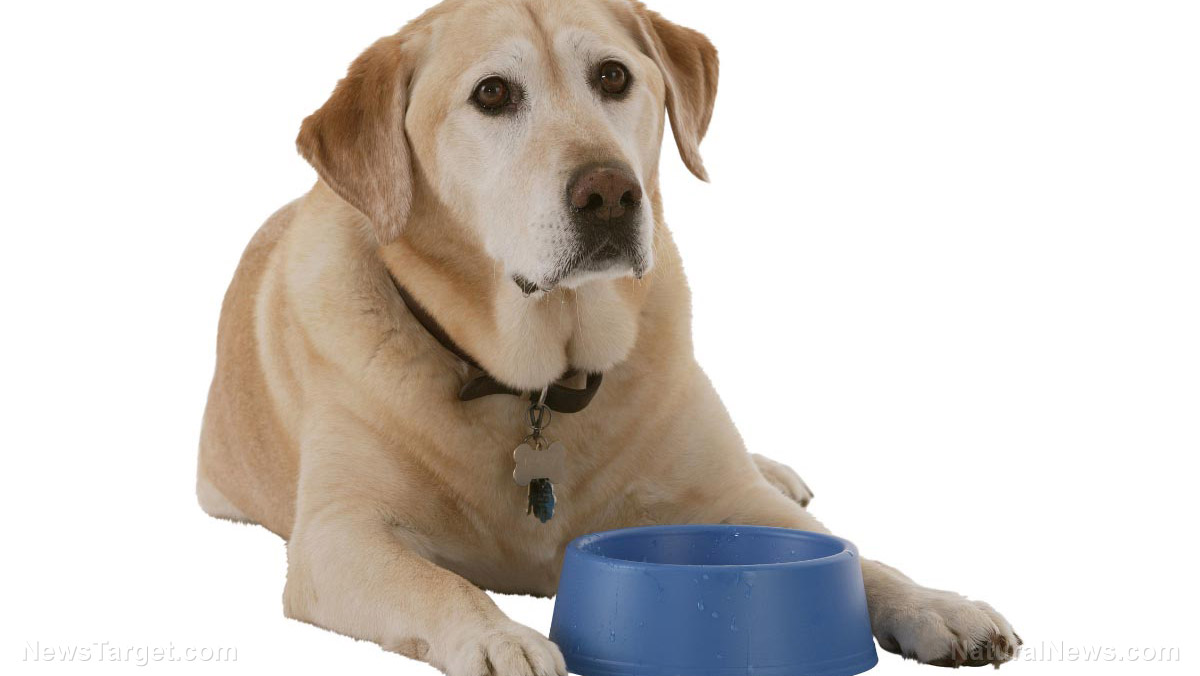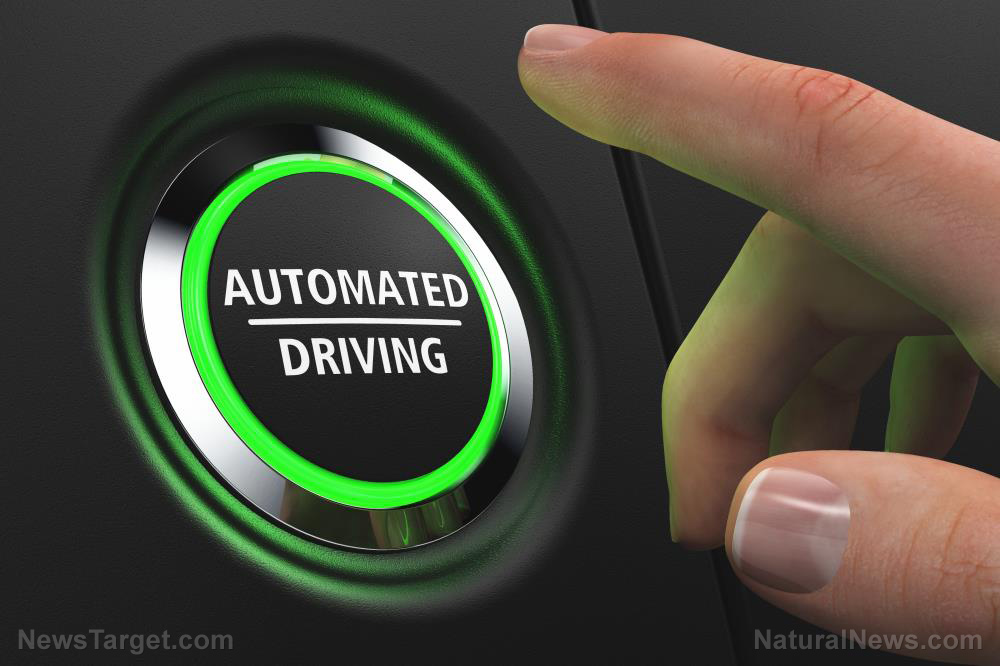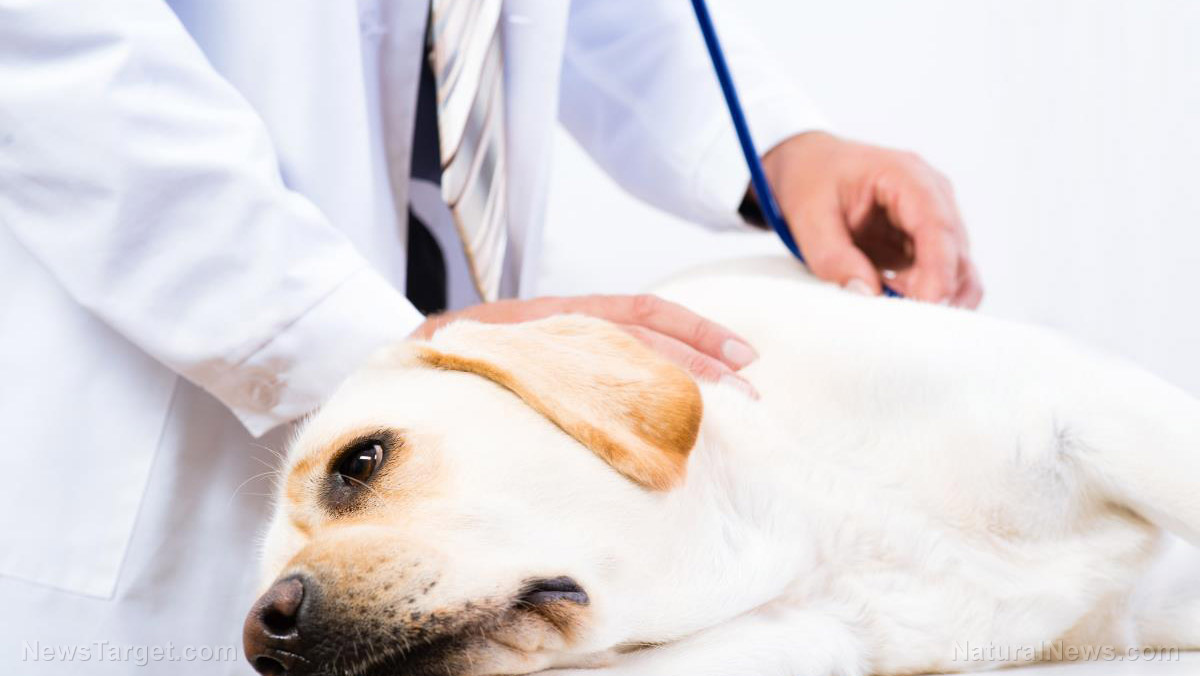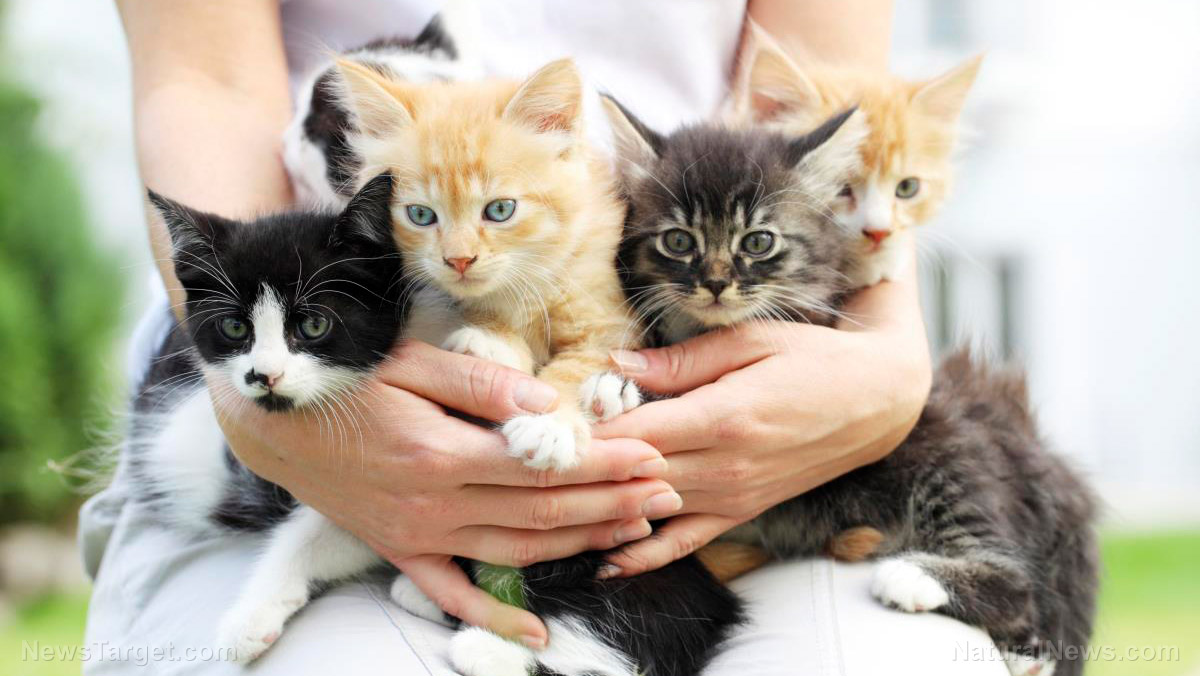
On what spurned him to carry out his study, Okin stated that he was inspired by the trend of raising chickens in one's own backyard. Speaking to ScienceDaily.com, Okin remarked: “I was thinking about how cool it is that chickens are vegetarian and make protein for us to eat, whereas many other pets eat a lot of protein from meat. And that got me thinking — how much meat do our pets eat?”
From here, Okin went through publicly available information such as the number of cats and dogs in the U.S., their average weights, as well as the ingredients of top pet foods. He then compared the amount of meat consumed by 163 million cats and dogs against that of 321 million Americans. Okin calculated that the dogs and cats of America eat about 19 percent as many calories as the people of the nation.
“Just to put that in context, that’s about the same amount of calories that the country of France consumes and so that whet my appetite a little bit,” the University of California, Los Angeles (UCLA) geography professor told LATimes.com.
Moreover, these same cats and dogs consume 33 percent of the animal-derived calories in the country due to them ingesting more meat than humans do. As a result of their diets, these animals produce enough 30 percent as much fecal matter as humans. This, in turn, makes pet cats and dogs responsible for the production of the aforementioned 64 million tons of methane and nitrous oxide.
Okin wrote in his paper: “Americans are the largest pet owners in the world, but the tradition of pet ownership in the U.S. has considerable costs. As pet ownership increases in some developing countries, especially China, and trends continue in pet food toward higher content and quality of meat, globally, pet ownership will compound the environmental impacts of human dietary choices.” (Related: Consider the advantages and disadvantages of a raw food diet for cats and dogs)
But rather than giving up pet cats and dogs or forcing them to adhere to vegetarian diets, Okin wanted to increase the awareness of pet owners and the pet food industry. “I'm not a vegetarian, but eating meat does come at a cost. Those of us in favor of eating or serving meat need to be able to have an informed conversation about our choices, and that includes the choices we make for our pets,” Okin said.
One solution proposed by Okin was that people worried about meat intake should opt for pets that subsist on plants, such as birds and hamsters. Okin added that pet food manufacturers could do their part as well by working towards more sustainable means of creating pet food.
As for dogs and cats already under human ownership, introducing dogs to plant-based protein sources is feasible. Dogs are omnivorous and can consume starches without issue, making it all the easier to decrease the amount of meat they ingest.
Visit PetHealth.news for more stories that are similar to this one.
Sources include:
Please contact us for more information.























